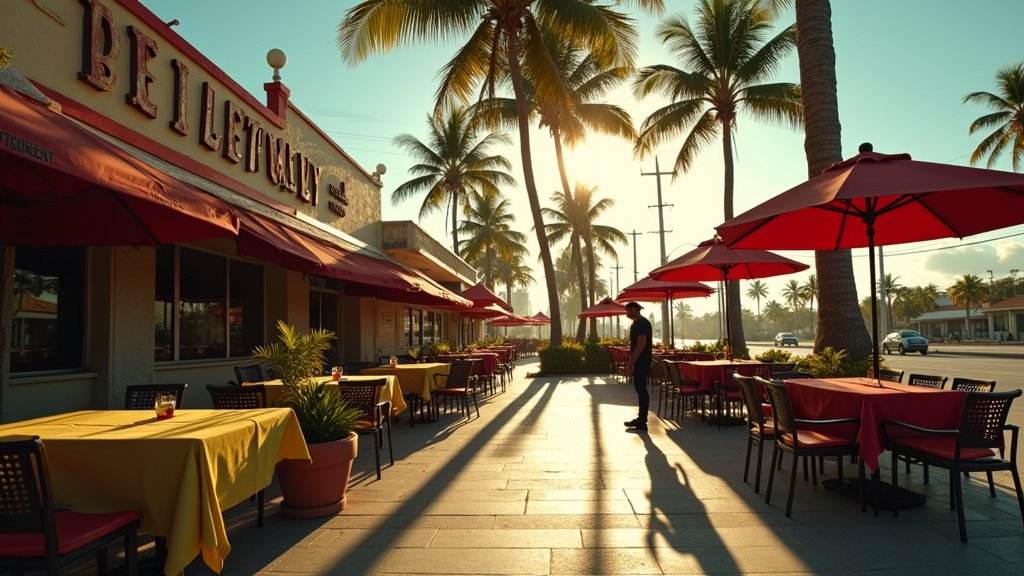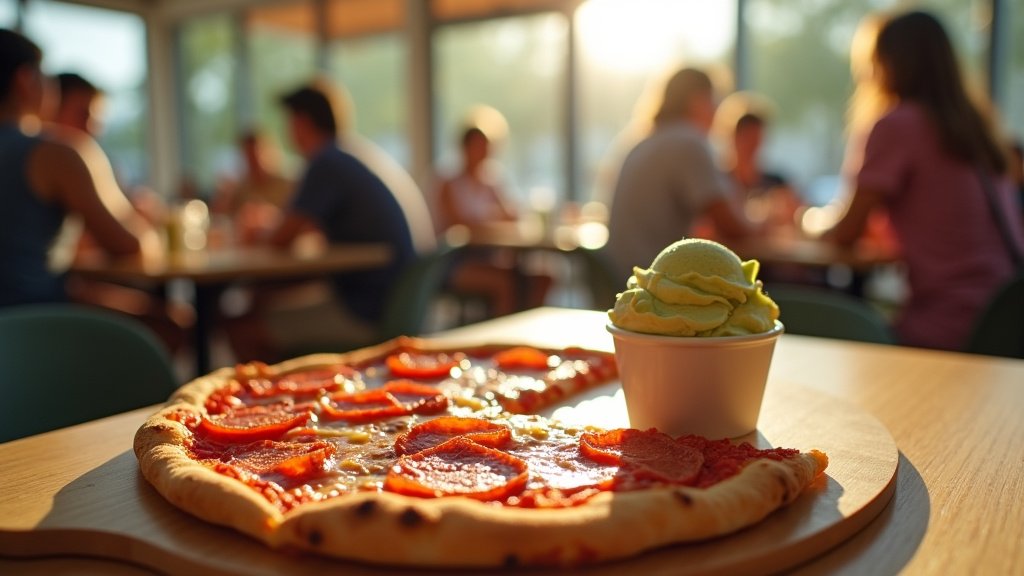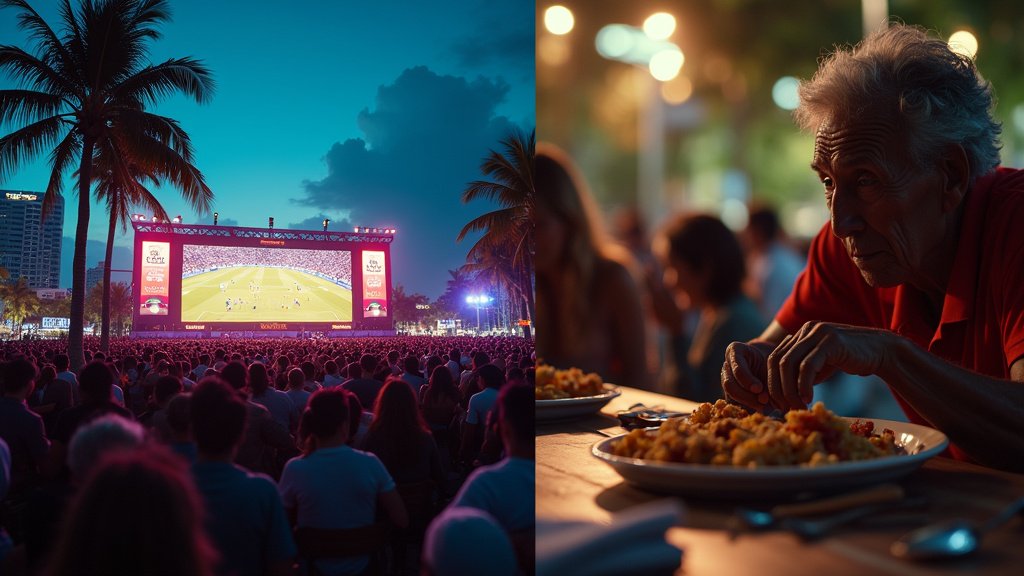Miami Restaurants Grapple with Economic Headwinds and Extreme Heat in a Summer of Struggle
Miami’s vibrant culinary scene is facing a summer of unprecedented challenges. Across the city, restaurant owners and chefs are reporting a downturn in business, a trend exacerbated by a confluence of factors that are squeezing profit margins and threatening the livelihoods of many. The extreme heat, a lack of tourists, and mounting economic pressures are creating a perfect storm, making this summer one that many in the industry are calling the worst in recent memory.
A Season of Setbacks
The signs of struggle are evident. Reservations are down, foot traffic has dwindled, and the dreaded announcements of restaurant closures are becoming increasingly frequent. This isn’t just a blip; it’s a sustained period of hardship. The triple threat of scorching temperatures, persistent afternoon thunderstorms, and a noticeable absence of the usual influx of tourists is largely to blame. Tourists, a vital source of revenue for many establishments, are either staying away or significantly curtailing their dining-out habits.
Kevin Rusk, the owner of Titanic Brewery & Restaurant in Coral Gables, a local institution known for its extensive beer selection and classic American fare, painted a bleak picture of the current climate. His experience, echoed by numerous other restaurant owners throughout the city, underscores the depth of the crisis. His restaurant, like many others, is finding it difficult to maintain previous levels of operation. The normally bustling brewery and restaurant is now facing a quieter atmosphere, and the situation is impacting his bottom line significantly.
Further north, in the trendy Wynwood arts district, Janice Buraschi of Pasta, a popular Italian restaurant known for its fresh pasta and lively atmosphere, observed a similar downturn. The lack of pedestrian activity on the streets, once a hallmark of Wynwood’s vibrant nightlife, has translated directly into fewer customers. Buraschi noted that the energy of the neighborhood, typically buzzing with people, has noticeably decreased, leading to reduced sales and forcing difficult decisions about staffing and operations.
Beyond the Tourist Hotspots
The struggle isn’t confined to the tourist-heavy areas of Miami Beach or downtown. Even restaurants located further afield, establishments that typically cater to local clientele, are feeling the pinch. Finka Table & Tap in West Kendall, a restaurant renowned for its fusion of Cuban and Peruvian cuisine, is also experiencing a dip in business. This widespread downturn indicates a deeper, more systemic issue affecting the entire restaurant landscape, not just those dependent on seasonal tourism.
This suggests that the problems go far beyond just the weather and lack of tourists; it is more than the seasonal fluctuations of the market. It points to a more complex interplay of issues affecting the restaurant industry at large.
Economic Pressures Mount
The extreme heat and lack of tourists are only part of the story. Economic factors are adding considerable weight to the burden faced by Miami’s restaurants. The cost of doing business has skyrocketed, with food prices, insurance premiums, and rent all significantly increasing. Unexpected tariffs have further complicated matters, adding to the already challenging financial landscape. These rising costs are making it harder for restaurants to maintain their profit margins, forcing them to make tough choices to stay afloat.
The combination of these economic factors is creating a difficult environment. Restaurants are being squeezed from multiple directions, facing increasing expenses while simultaneously experiencing a decrease in revenue. The result is a precarious financial situation for many establishments, making survival increasingly difficult.
Oversaturation and the Michelin Effect
The Miami restaurant market may also be nearing a point of oversaturation. Following the arrival of the Michelin Guide in 2022, the city experienced an influx of out-of-town restaurateurs eager to capitalize on the increased attention and prestige. This influx led to a rapid expansion of the dining scene, with a greater number of restaurants vying for the same pool of customers. While this has undoubtedly enriched the culinary landscape, it may also be contributing to the current struggles.
With more options available, competition is fierce. Restaurants are forced to work harder to attract customers, increasing marketing costs and adding pressure to maintain high standards. The result is a more competitive environment, where only the most resilient and well-managed establishments are likely to survive.
A Challenging Future
The coming months will be critical for Miami’s restaurants. Those that can adapt, innovate, and weather the economic storm are more likely to succeed. Restaurants that have built strong relationships with local communities, offer unique dining experiences, and manage their costs effectively may be better positioned to weather the current difficulties. But for many, the future remains uncertain.
The summer of 2025 has delivered a harsh reality check to Miami’s dining scene. While the city’s culinary spirit remains strong, the challenges are undeniable. As the industry navigates extreme heat, economic pressures, and a shifting market, the resilience and adaptability of Miami’s restaurateurs will be put to the ultimate test.





